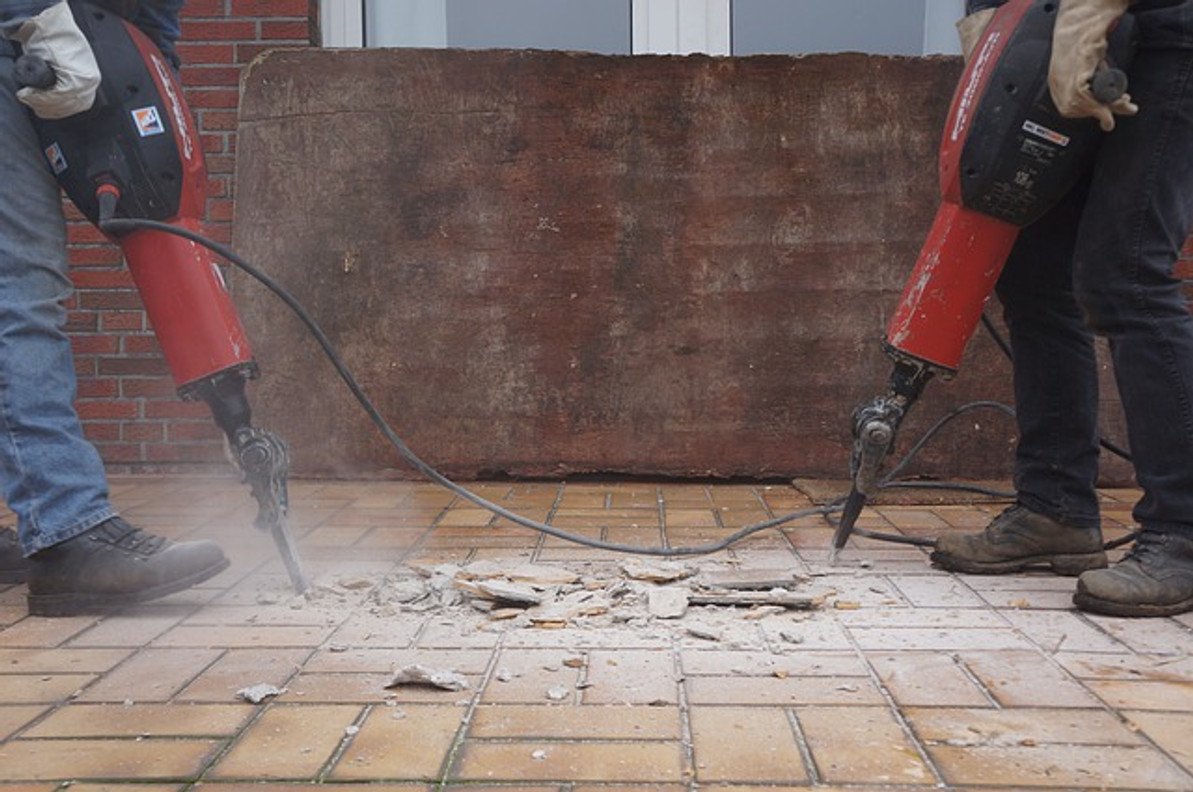The Beginner's Guide to Anti-Vibration Gloves
When shopping for personal protective equipment (PPE), you may come across anti-vibration gloves. Many workers wear them while using machinery and power tools. As a form of PPE, anti-vibration gloves can lower the risk of injury. However, they aren't ordinary gloves. Anti-vibration gloves are designed specifically to resist vibrations.
What Are Anti-Vibration Gloves?
Anti-vibration gloves are exactly what they sound like: wearable gloves that resist vibrations. They don't necessarily stop machines or power tools from vibrating. Rather, anti-vibration gloves reduce the transmission of those vibrations to the wearer.
Machines and power tools will still vibrate. But if you wear anti-vibration gloves, you won't be able to feel the vibrations as much. The anti-vibration gloves will reduce the transmission of vibrations from the machines or power tools to your hands.
Most anti-vibration gloves contain an air bladder. The air bladder is essentially an air-filled space between the palm of the gloves and the exterior. It's designed to absorb vibrations so that they are less noticeable.
Benefits of Wearing Anti-Vibration Gloves
If you use machinery or power tools that create vibrations, you should consider wearing anti-vibration gloves. Exposure to vibrations can cause injury. According to the U.S. Centers for Disease Control and Prevention (CDC), many workers suffer from vibration syndrome. Also known as vibration white finger, it involves a lack of circulation to the hands. If your hands are exposed to strong vibrations over a prolonged period, it may reduce blood flow to your hands, resulting in vibration syndrome.
Wearing anti-vibration gloves will lower your risk of developing vibration syndrome and other vibration-related injuries. You'll be able to use machines and power tools without fear of these injuries.
How to Choose Anti-Vibration Gloves
When choosing anti-vibration gloves, pay attention to the construction. All anti-vibration gloves are made of a vibration-dampening material. With that said, their construction may vary. A typical pair of anti-vibration gloves may feature a synthetic construction consisting of urethane or synthetic suede leather.
Some anti-vibration gloves are also high visibility. High-visibility anti-vibration gloves, of course, feature a reflective design. They are designed with a reflective surface so that they are easier to see.
Don't forget to choose anti-vibration gloves in the right size. Most types of anti-vibration gloves aren't one-size-fits-all. Rather, they are available in different sizes, such as small, medium, large and extra-large. You'll need to choose anti-vibration gloves in the right size for your hands.
Recent Posts
-
Fire Safety in the Workplace: What You Need to Know
What steps are you taking to prevent fires in your workplace? According to the U.S. Occupational Saf …Aug 23rd 2023 -
Is It Safe to Go Jogging With a Cold Infection?
If you're suffering from a cold infection, you might be wondering whether it's safe to go jogging. T …Aug 22nd 2023 -
5 Safety Tips to Follow When Using a Powder-Actuated Tool
Powder-actuated tools are commonly used to join materials to steel and concrete. Also known as Hilti …Aug 20th 2023




